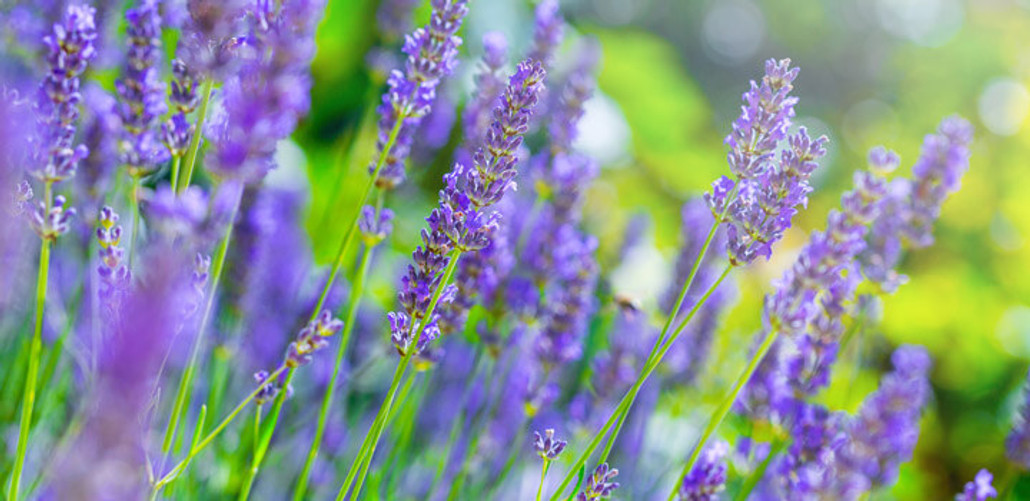
Laudable & Lovely, Lavish Lavender
Posted by Grange Co-op on 19th Feb 2016
The name Lavender comes from the Latin word “lavare”, to wash. This harkens to historical uses for the lavender plant – as an antiseptic and for healing. During the Middle Ages lavender was considered an indispensible herb for its medicinal properties. In modern times, lavender fragrance has been discovered to have a calming effect, the florets have a number of culinary uses, the plant is insect repellent and in the garden it attracts beneficial insects such as ladybugs, butterflies and honeybees. Indeed this is an amazing and lovely plant!
There are 42 species of the “English Lavender” ( Lavandula angustifolia), and hundreds of cultivated varieties. This species and its cultivars are among the most popular in Southern Oregon, as they are the most winter hardy. They are usually 12-30” high and wide, and widely recommended for culinary use due to absence of camphor compounds.
The “Lavandins” ( L. x intermedia) are just slightly less hardy than the English Lavenders in the Rogue Valley environs. 2 very popular varieties of this species are ‘Grosso’ and ‘Provence’ – both highly prized for the rich fragrance (lots of the camphor present in these) and useful to perfumeries, for sachets and bouquets, as well as sprays.
The “Spanish Lavenders” ( L. stoechas) also have rich fragrance coupled with a distinctive butterfly-like bract on top of the flower heads. This group is usually employed as a landscape shrub for its long, continuous bloom.
Among the many reasons for growing Lavender is the extreme ease of growing.
Soil
All Lavenders require well drained and aerated soils. They perform best in neutral soil with a pH near 6.5-7. Over feeding with a Nitrogen rich fertilizer will promote lush foliage to the detriment of flower production. Shop for Soil & Amendments.
Sun
Lavenders want lots of direct sunshine – at least 6 hours per day. Too much shade makes for floppy foliage and reduced fragrance.
Watering
Lavender is wonderfully drought tolerant when established. Some summer watering is necessary to get plants established is you climate is relatively dry. Do not use overhead watering on Lavenders, as this predisposes them to fungal diseases and possibly splitting. Allow them to dry well between waterings at the soil level, then give them a good soaking. Shop Watering Equipment.
Pruning
Prune lavenders hard to keep them looking nice. After harvesting flower spikes in summer or early fall, give your Lavender a hard cutting to within 2-3” of the woody part of the plant. Harvesting your flower spikes just as they are starting to open the florets will result in brighter colors on healthy flowers and an attractive looking plant. Shop Pruners.
Did we mention the fact that Lavender is a deer-proof plant? With that addition, you have the description of the nearly perfect garden plant! Love the laudable, lovely, lavish Lavender!
